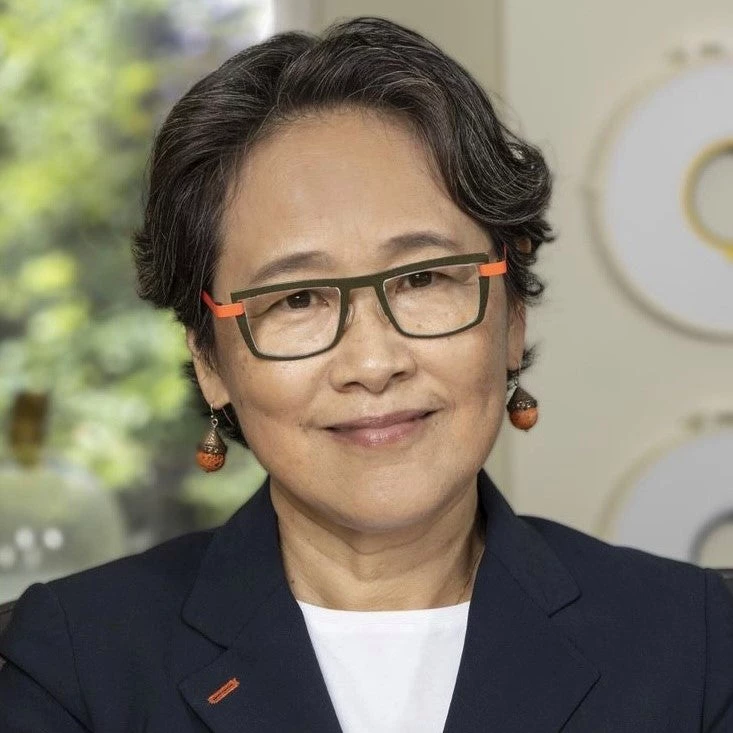 Professor Amivi Kafui Tete-Benissan teaches cell biology and biochemistry.
Professor Amivi Kafui Tete-Benissan teaches cell biology and biochemistry.
Development progress cannot be made without good data. Sex-disaggregated data has the potential to uncover the differences between men and women, and can be used to help shape policies to close gaps.
We can see this in action in Uruguay, where sex-disaggregated data was crucial to the development of a comprehensive National Care Policy. Like other countries, it was only relatively recently that Uruguay started measuring the unpaid care work undertaken largely by women that is crucial to the economy.
National time use surveys undertaken in 2007 and 2013 showed that women spent two-thirds of their time doing unpaid work, and only one-third on paid work. For men, the reverse applied.
The quality, sex-disaggregated data motivated additional advocacy that led to the National Care Policy, enshrining in law the rights of children, the elderly and people with disabilities to access care, and guaranteeing the quality of care through training and regulations.
This week, we are releasing the Little Data Book on Gender, to provide an easily accessible entry point to statistics that track gender equality. It illustrates progress towards gender equality for 217 economies around the world by providing comparable statistics for women and men, and girls and boys for 2000 and 2017.
The Little Book supplements the fuller, curated data and analysis tools provided by the World Bank’s Gender Data Portal.
In addition to demographic and economic information, the indicators include the proportion of women and men who use the internet, sex-disaggregated smoking prevalence, and the percentage of female graduates from science, technology, engineering and mathematics programs in tertiary education. Two indicators from Women, Business and the Law are included: the length of paid maternity leave and whether women are legally able to work in the same industries as men.
This edition also features online tables—to be updated quarterly—making it easier than ever to see how women and men are faring across a range of global indicators, and to track progress over time.
The big picture revealed shows remarkable broad progress toward gender equality in education enrollment and health, while gender inequality remains stubbornly persistent in access to economic opportunities.
Primary school completion rates have reached 91 percent for boys and 90 percent for girls – but gains have been distributed unequally between richer and poorer countries. Gender gaps to the detriment of girls emerge in low-income countries, while in parts of Latin America boys are less likely than girls to complete school.
Both women’s and men’s lifespans have shown marked global improvements, with increases in female life expectancy driven in part by a decline in the risk of mortality during childbirth. But maternal mortality remains high in Sub-Saharan Africa.
On virtually every global measure, women remain more economically excluded than men. The Little Data Book on Gender shows that women are less likely than men to participate in the labor market, and are more likely to work in vulnerable employment.
Such stubborn differences between men and women highlight the continued importance of collecting quality, sex-disaggregated data.



Join the Conversation